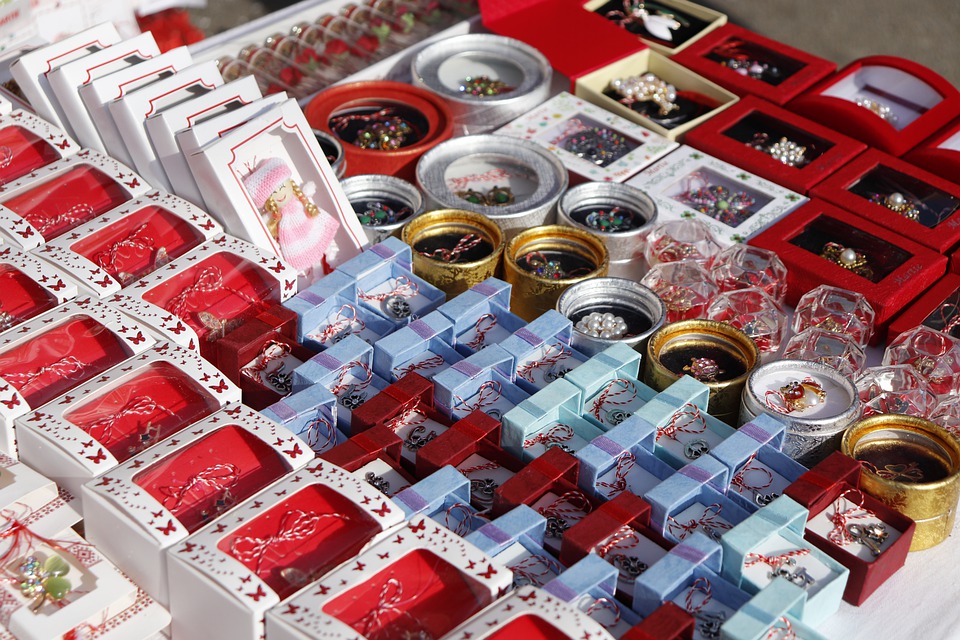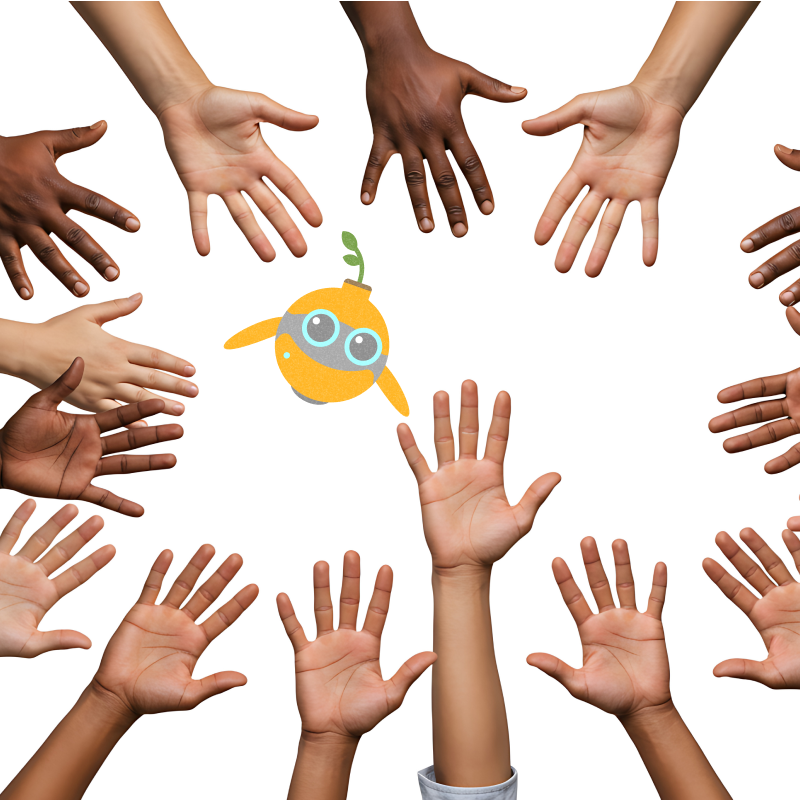

As the evenings start to get lighter and daffodils emerge from the sodden ground, we know that the British spring is approaching. However, other than the Welsh celebration of St. David’s Day, festivals in March are few and far between in the UK. Luckily for us, this spring month is jam-packed with festivals around the world.
Mărțișor
On 1st March, Romanians celebrate the coming of spring by giving (female) friends and family members brooches attached to red and white string as tokens of friendship and respect. People say these marțișoare bring luck and health for the rest of the year, with the red string representing the heat of summer and the white the cold of winter.
Some believe that the colours originated from the legend of Baba Dochia. This old woman was angry with her son for marrying his love without her permission. As punishment, she set her new daughter-in-law the impossible task of washing black sheep’s wool until it turned white. While she struggled, a mysterious man appeared and gave the girl a red flower which turned the wool white when she put it in the water. Baba Dochia, seeing the red flower and believing that spring had come, set off up the mountain. As she climbed, she took off her twelve coats – before freezing to death at the top.
Another tradition is for women to choose a day between 1st and 9th March as their baba. The weather on that day represents what their fortunes will be for the rest of the year. With the celebration of International Women’s Day following a week later, March can be a lucky month for some!

Topienie Marzanny
If you’re in Poland on 21st March, don’t be alarmed to see groups of children burning and drowning dolls straw whilst singing traditional witch-burning songs. These dolls represent the witch Marzanna, the Slavic goddess of winter, plague and death. This pagan tradition signals the banishing of winter and the coming of spring.
Cimburijada
Fans of scrambled eggs, head to Zenica in Bosnia on 21st March for all your dreams to come true. Symbolising birth and new life, eggs are scrambled in huge quantities – reports state 1500 eggs! The whole town gathers to eat eggs, and a barbecue and party follows for the rest of the day. Some daring people even decide to jump into the river for the first swim of the season. Sounds eggs-iting!
Las Fallas
Possibly the loudest March festival around the world takes place in Valencia between 1st-19th March. Las Fallas originates from an old carpenters’ tradition of burning wooden parots, used to prop up lights during winter. Gradually, carpenters started adding to the bonfires, or fallas, including giant dolls called ninots on the top. Nowadays, neighbourhood groups construct over 750 fallas and parties take place in the streets. People throw firecrackers known as masclets, eat paella and wear traditional dress. Stick around long enough to practise your Spanish and to see the incredible final spectacle of the burning of the fallas.
Nyepi Day
If you’re looking for a quieter festival around the world, head to Bali for the Hindu lunar new year. On the eve of Nyepi Day, papier-maché giants called ogoh-ogoh parade the streets before being burned to banish evil spirits. Nyepi Day itself is a day of silence, fasting and meditation. No one goes to work, everything is closed (including the beaches) and electricity use is minimal. The only people you would see in the streets are security and emergency services.
Nowruz
Nowruz is the Iranian new year which is celebrated around the world on or around 21st March. In the days beforehand, spring cleaning takes place in earnest to prepare for the new year. Families prepare a haft-sin for Nowruz, which symbolises their hopes for the year to come. Traditionally, this includes the Seven S: grass, dried fruit, apples, garlic, sweet pudding, vinegar and sumac. The tradition of including a goldfish and releasing it into the wild at the end of the holidays, although popular, is controversial. Animal rights activists have asked people to replace the goldfish with a plastic version or an orange.
Another tradition is to build and jump over public bonfires, repeating, ‘Give me your beautiful red colour, and take back my sickly pallour!’. In addition, children bang on pots and pans with wooden spoons until people fill them with sweets!

With FlashAcademy® you can learn English from 39 home languages, including Farsi, Indonesian, Spanish, Polish and Romanian, with more languages from around the world coming soon. We’d love to hear from you if you celebrate these spring festivals or any others!

